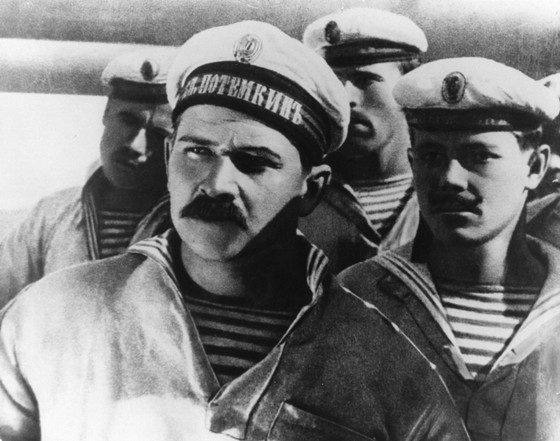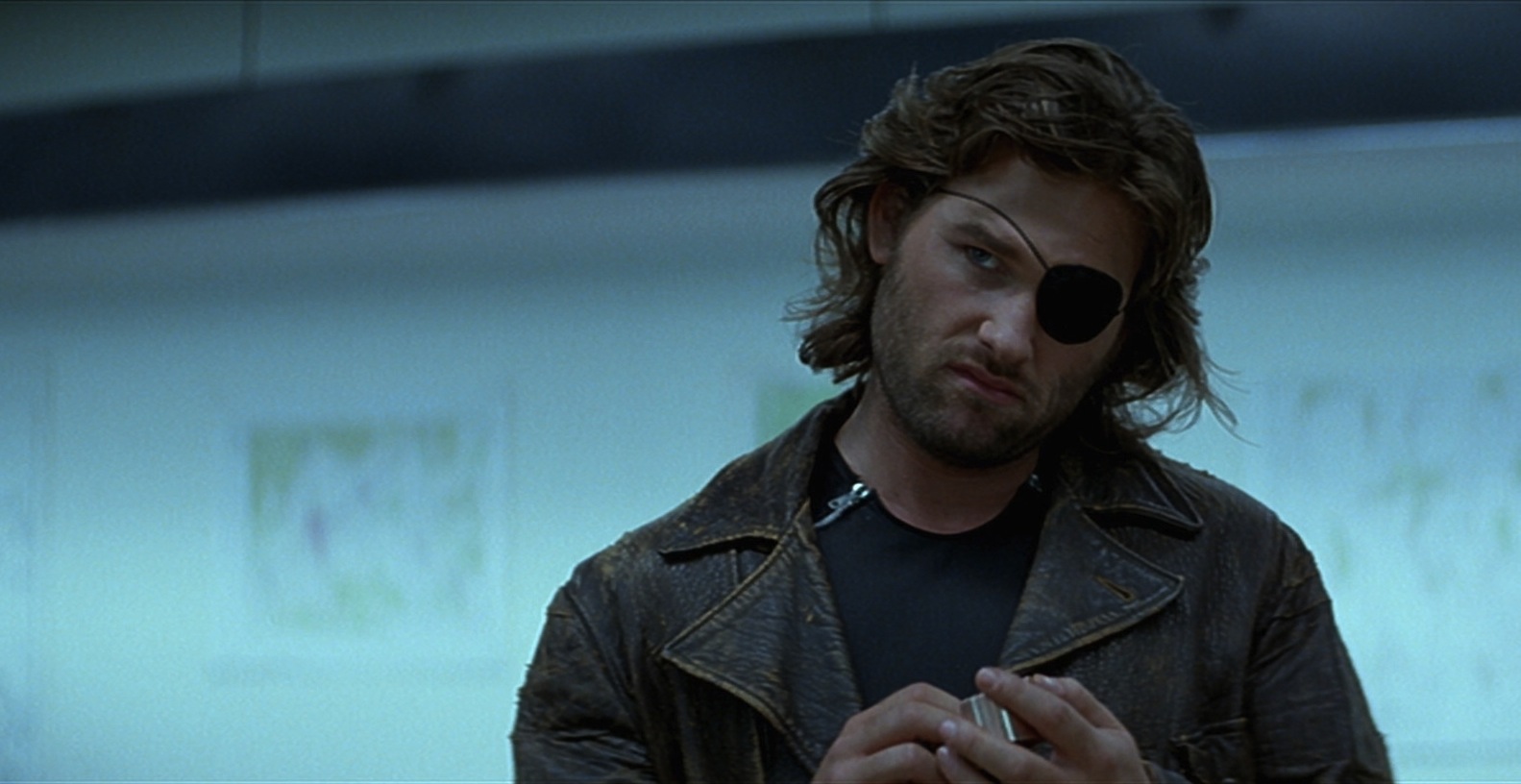
Gyorgy Lukacs, the Hungarian philosopher; author, historian and critic has had an undeniable influence upon the landscape of narrative criticism. He is well known for his work in the field of narratological analysis and criticism.
Writing from a Western Marxist perspective, Lukacs was instrumental in the analysis and development of realism as a formal concept as well as his exploration of the novel as form of philoso-political exploration of the ‘auteur’.
His best known work is “Realism in the Balance”, wherein he begins his defence of Realism as a narrative form and opposes expressionism as a sort of corruption of Marxist aesthetics.
To Lukacs, the way expressionists interacted with their literary subjects was to render the subjects as relative to their personal “value”, rather than as objects within an external reality. He did not deride the fact that people have internal experiences, but rather that in denying the forces outside of an individual, he felt that modernists were ignoring the lessons learned from literary realism (for instance the influence of the Russian realists like Dostoevsky or the plays of Ibsen.)
To Lukacs, modernism was rooted in the absence of the objective, and became concerned with the immediacy of internal experience, rather than what Lukacs admired in realism, which he described as its ability to imagine the influence of external forces not only upon an individual, but also upon the framework of society. This is clearly rooted in his understanding of the state and capitalism from his Marxist theoretical schooling and research.
To Lukacs, as it was to Marx, unfettered capitalism was the most influential force within the western world, and the expressionists (who were at his time, mainly western artists), were too bound in what Lukacs called “the totality) of capitalism (By “totality”, Lukacs referred to the way capitalism reduced group dynamics and social interaction to transactional relationships.)
This isn’t to say that Lukacs was against introspective characters, but rather that he felt that expressionism reduced individual agency to a form of desire, rather than a “legitimate” form of soul-searching.
He compared expressionism to realists like Thomas Mann, who was able to contrast the subjective experience of his characters to their external reality, whereas modernists seemed to only be concerned with the emotions and internal perspective of their characters, which is something Lukacs felt demeaned them.
This, he felt was a means of subsuming transactional relationships into the popular consciousness of the west, in essence because it seemed to Lukacs that it legitimized the banality of relating to others in a way arranged and controlled by capital (by portraying a subjective experience led by internal desire rather than cooperation with the external world).
Below are 10 films that are either overtly influenced by the philosophy of Gyorgy Lukacs, have been written about by him or could be read within the context of his ideas:
10. Battleship Potemkin (1925)

Sergei Eisenstein’s 1925 epic, Battleship Potemkin is a practical cinematographic application of Lukacs’ philosophy. In using montage to depict a truth (or perhaps as objective as the human mind can create), Eisenstein is able to capture both the subjective feelings of the officers involved in the mutiny as well as the influence their actions have upon the greater world (In this case, Odessa), Eisenstein furthers Lukacs’ idea that realism can use expressionist formalism to its advantage to pursue a greater level of objectivity. In his criticism of Bloch in ‘Realism in the Balance he wrote:
“In the minds of the heroes of both writers we find a vivid evocation of the disintegration, the discontinuities, the ruptures and the “crevices” which Bloch very rightly thinks typical of the state of mind of many people living in the age of imperialism.
Bloch’s mistake lies merely in the fact that he identifies this state of mind directly and unreservedly with reality itself. He equates the highly distorted image created in this state of mind with the thing itself, instead of objectively unraveling the essence, the origins and the mediations of the distortions by comparing it with reality.”
Here, he states that distortions of reality (For example, the use of montage in film) can be used to service greater objective truth instead of “equating the distorted image with the thing itself”. And instead attempt to “objectively unravel the essence” of reality as it occurred through its comparison with true events.
9. Pump Up the Volume (1990)

One could discount the philosophical influence of Lukacs on Allan Moyle’s Pump Up the Volume from 1990, however we shouldn’t discount that many of Moyle’s films have been described by Moyle as explorations of existentialism and its contrast with essentialism (which was a contrast that Lukacs himself was interested in exploring through his work, such as his Soul and Form as well as his intellectual rivalry with Sartre during the 1950s and 60s.)
Pump Up the Volume concerns itself with the malaise of youth during the late Cold War and the beginning of what Francis Fukuyama deemed “the end of history”, where it seemed imminent that the communist bloc would fall and that Western capitalism would dominate global philosophy/economics.
It speaks to the discontent of the period which Lukacs had written about during an earlier period of youth movements. He wrote, in History & Class Consciousness that “ the nature of history is precisely that every definition degenerates into an illusion: history is the history of the unceasing overthrow of the objective forms that shape the life of man.”
In Pump Up the Volume, we see youth that have become discontent with the ideals of late Cold War-era Reaganism and the resurgence of American Imperialism. These views may be acceptable and even praiseworthy for their parents and guardians, but the youth develop a sort of self-reflexivity that enables them to move beyond what Lukacs called “the reification of capitalist society”, in which capitalism itself is invoked as a sort of deity, rather than a mode of social organization.
The youth of Pump Up the Volume begin speaking out against the reification of American culture by their country’s leaders, their parents and their guardians by creating a pirate radio station in an attempt to bring accountability to their parents generation.
It’s interesting that this film was released near the end of the Cold War when pro-Americanism in government was at its height as it speaks to the true feelings of the American people and their government’s involvement in globalism.
8. Elysium (2013)

Neill Blomkamp’s Elysium is another film that speaks to the contrast between the social reification of a classist society and the discontent this sort of divisiveness sows within the proletariat of the social order. Blomkamp uses the themes he established within his earlier films (like District 9 and his short films Alive in Joburg and Tempbot) and expands upon them.
In Elysium we’re brought into a near-future human society wherein class definition is rigidly enforced with the bourgeoisie living off-world and the poor living in destitution among the ruins of Earth.
Blomkamp uses an exaggerated form of class consciousness in the form of Matt Damon’s character (Max Da Costa) in order to form a parabolic framework which espouses a pro-socialist message.
By framing the parable in a near-future setting, Blomkamp devises a method by which he is able to extrapolate the outcome of the furthering of exploitation of the working class by the proletariat. This ties into what Lukacs states about the nature of proletariat class consciousness as inherently pragmatic. He writes:
“But it must never be forgotten: only the practical class consciousness of the proletariat possesses this ability to transform things. Every contemplative, purely cognitive stance leads ultimately to a divided relationship to its object.”
In Elysium, this concept of practical action being the only transformative progression of ideology is exhibited by Da Costa’s act of appropriating the tools of the Elysium oppressors as a means of aiding the workers on Earth. In his appropriation of their technology and not in the appropriation of bourgeois methodology, Da Costa is able to pragmatically and effectively influence and embolden the reality of the proletariat on Earth.
7. Escape from New York (1981)

The 1980s were an era of unfettered Western growth and the growth of the reification of capitalist ideology, however film-makers like John Carpenter, Ridley Scott, George Romero and James Cameron were able to subvert the ethos of pro-Americanism by introducing subtle cultural critiques into their otherwise innocuous and fantastic genre films.
1981’s Escape from New York is a dystopian look at the progression of American neoliberalism, as imagined by Carpenter. Here, by way of introductory titles we’re introduced to New York in 1997, with Manhattan becoming a large federal prison after a 400% increase in crime throughout the 1980s.
However, we learn that the increase in crime is not from an increase in anarchic violence, but rather stems from the fact of the assertion of oligarchical control of the United States and its implementation of deeming many seemingly innocuous things as “criminal”. This procedure of the solidification of neoliberalist control is emphasized by Lukacs:
“… The utopian view of man as a ‘saint’ who can achieve an inner mastery over the external reality that cannot be eliminated. As long as such a view survives with all its original starkness its claims to offer a ‘humanistic’ solution to man’s problems are self-refuting. For it is forced to deny humanity to the vast majority of mankind and to exclude them from the ‘redemption’ which alone confers meaning upon a life which is meaningless on the level of empirical experience. “
In this way, Lukacs presents the idea of “redemption” or “atonement” as a sort of imposition that no one can attempt to claim as the determination of the value of an individual does not lie with the state.
In this way, we see that the prison of Manhattan in Escape from New York is a reflection upon the way we judge others (particularly the way the bourgeoisie judge the working class, i.e. deeming them ‘criminals’).
Carpenter used the image of a dystopic Manhattan as a sort of parabolic foreshadowing for his perception of the United States’ ideological direction following the rise of neoliberalism in the country. It’s interesting to note as well that Carpenter stated in interviews that the film was written as a reaction to the Nixon administration and the Watergate Scandal of 1974.
6. Videodrome (1983)

David Cronenberg’s Videodrome is undeniably a surrealist horror classic, however its reputation as a grotesque subversive horror film undermines its notability as a commentary on the nature of television as a means of bourgeois control over a proletarian audience.
The antagonists of the film use a “blue channel” (a T.V. channel that airs violent/pornographic content) as a means to control and eventually destroy those that are deemed “lowlifes”) by forcing them to kill themselves after viewing a mind-controlling film that alters their experience of reality. In this way, Cronenberg echoes the conceit of Lukacs who wrote in The Theory of the Novel:
“As the objective world breaks down, so the subject, too, becomes a fragment; only the ‘I’ continues to exist, but its existence is then lost in the insubstantiality of its self-created world of ruins. Such subjectivity wants to give form to everything, and precisely for this reason succeeds only in mirroring a segment of the world.”
By forcing the subject (in this case, Max Renn played by James Woods) to undergo a breakdown of objectivity, the only alternative to this fragmentation into the realm of formless yet forming subjectivity is the destruction of the “I”, or death. Death is “The New Flesh”.